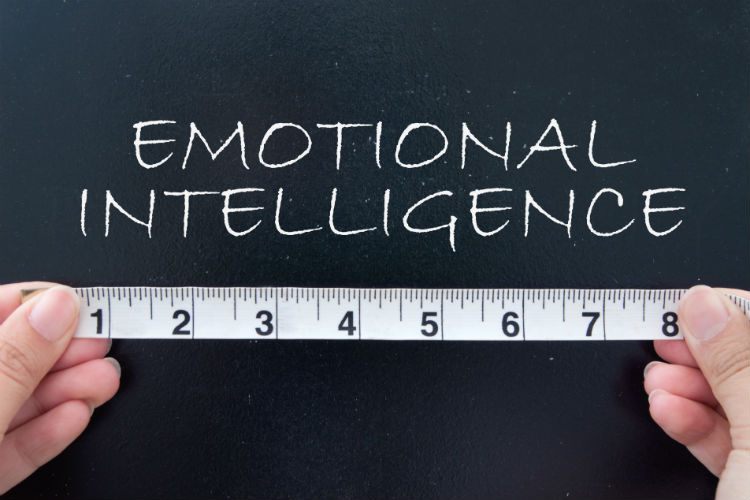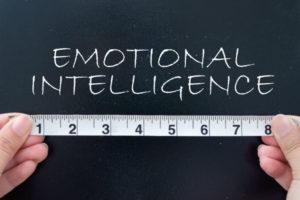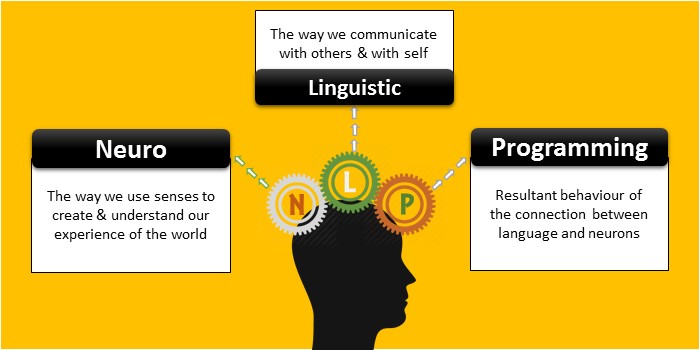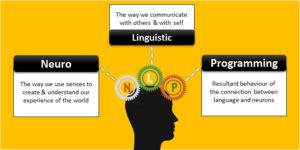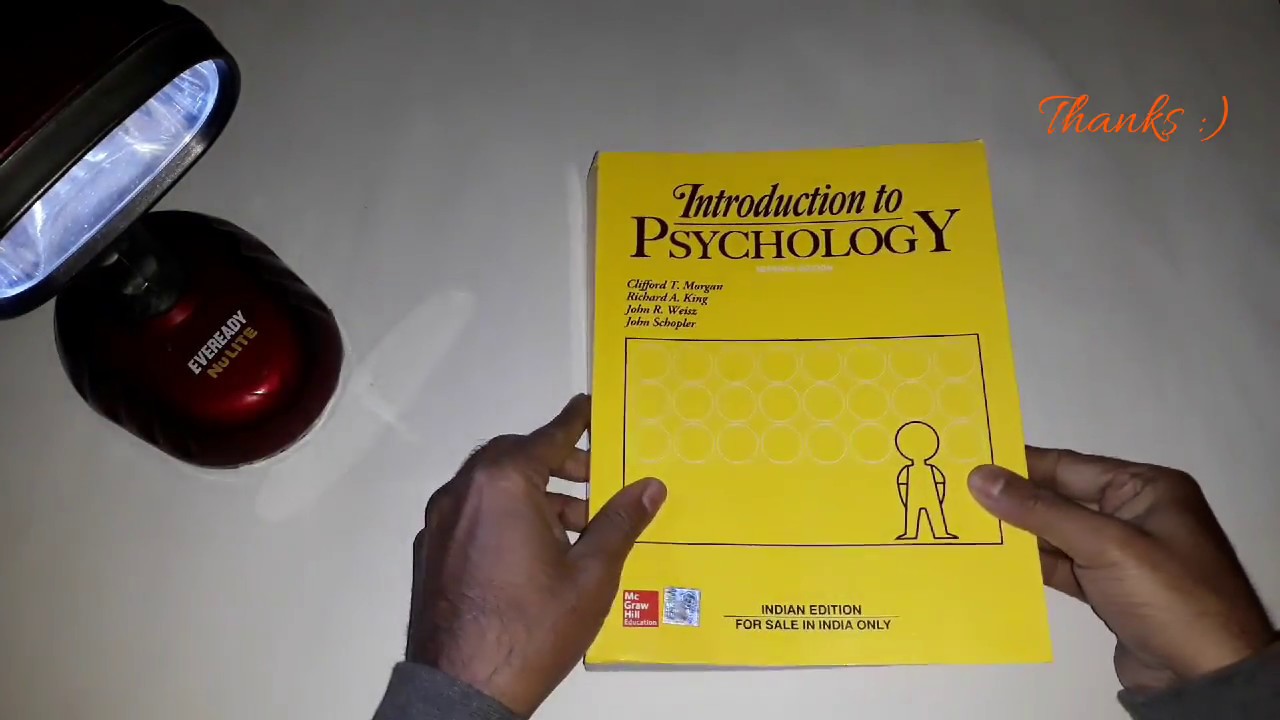
Emotional intelligence, or EQ, is the ability to understand the emotions and thoughts of others as well as oneself, and then to use this understanding to guide behavior. In other words, someone with a high EQ is able to work out the motivations and feelings of others and then use this to guide their actions towards the best outcome. In many ways, EQ is actually a more useful measure than IQ when it comes to predicting career performance and general life satisfaction.
But how do you go about measuring such an abstract concept? Well that all depends on who you ask and in fact there are three separate ‘models’ of EQ each with their own views on the subject. Read on to learn more about each…
The Ability Model
The ability model comes from psychologists Salovey and Mayer who describe EQ purely in terms of ‘ability’. In this case, it is the ability to ‘perceive and integrate emotion’ and the ‘capacity to reason about emotion’ all with the end goal of enhancing personal growth. It also encompasses the ability to manage emotion – i.e. not fly off the handle at the slightest provocation and to know how to calm others down.
Ability model-based tests are the most similar to IQ tests but in some cases, the answer is more subjective, though guided by ‘social norms’.
The Mixed Model
The mixed model introduced by Daniel Goleman, suggests that EQ encompasses a vast array of separate skills and competencies but also focuses mostly on leadership. These skills and abilities can generally be broken down into the following items:
Self-awareness
Self-regulation
Social skill
Empathy
Motivation
Whether or not ‘motivation’ can be considered an aspect of emotional intelligence, however, is a contentious point. Thus the validity of the Mixed Model is called into question but it remains perhaps the most popular interpretation among businesses due to the focus on leadership skills.
The Trait Model
The Trait Model from Konstantinos Vasilis Petrides is one that views EQ more as a series of ‘traits’ rather than abilities. This subtle difference suggests a less trainable set of abilities. In fact, this model goes as far as to suggest that EI itself is a personality trait and should be assessed within larger personality frameworks.
The Trait Model is measured via self-report which may make it unreliable but it has given birth to one of the more popular EQ tests: the Trait Emotional Intelligence Questionnaire.
The moral of the story is that no theory of EQ is perfect, so you need to use your own EQ when assessing your ability and that of others.


